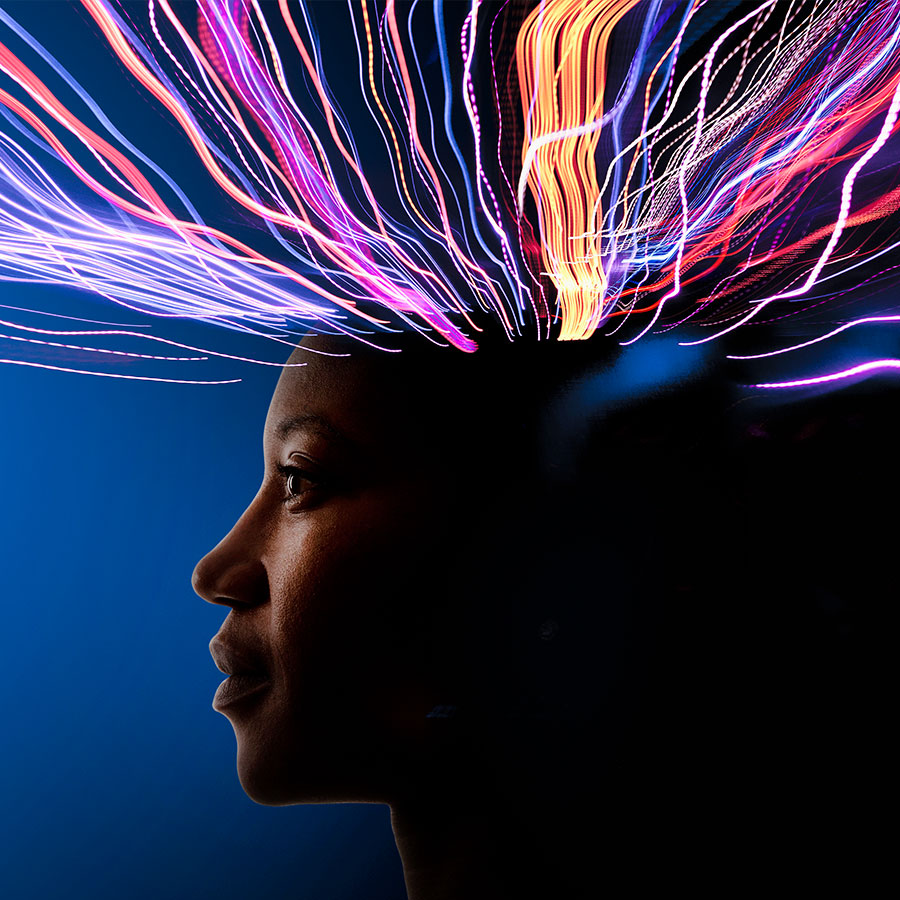Researchers Identify Key Protein for Brain Stem Cell Longevity

The findings could have huge implications for future therapies for brain disorders. Photo: John M Lund Photography Inc/Getty Images
Longevity may be the most important trend we’ve ever experienced. It’s driven by — and in turn, it affects — everything from health to housing, money to technology, lifestyle to social policy. There’s so much to be aware of — and it’s just getting started! Now you can keep up with all the latest developments in this weekly column.
A new study by researchers at Rutgers University has confirmed that a protein first identified as necessary for insulin action, is also pivotal for brain stem cell longevity. You can read a detailed summary of the research here.
The protein is known as the insulin receptor (INSR) and is found in the neural stem cells in the brain’s subventricular zone. These neural stem cells “give rise to the entire nervous system” and last into adulthood, producing new neurons that “maintain the infrastructure and functioning of the brain.”
Why is it so important to identify this receptor?
The article quotes study author Steven Levison, a professor of neuroscience and director of the Laboratory for Regenerative Neurobiology at Rutgers New Jersey Medical School: “It’s important to understand the molecular mechanisms that are critical for the growth and sustenance of the brain’s stem cells under normal and abnormal growth states. Comprehending the signals that regulate these primitive cells could one day lead to new therapeutics for brain disorders.”
Study co-author Teresa Wood, professor in the Department of Pharmacology, Physiology and Neuroscience at Rutgers New Jersey Medical School, points out that many neurogenerative disorders such as Parkinson’s disease and Alzheimer’s disease, are connected with destruction of brain cells. “If we could influence how brain cells function,” she said, “then we can use this knowledge to replace diseased or dead brain cells with living ones, which would advance the treatment of neurological diseases and brain injuries.”
The article sums it up this way:
“Cell receptors such as INSR are protein molecules that reside on the surfaces of cells. Substances, either natural or human-made, that open the “lock” of a receptor can spur a cell to divide, differentiate or die. By identifying which receptors perform these functions on specific cell types, and by understanding their structures and functions, scientists can design substances that act as keys to receptors, to turn them ‘on’ or ‘off.’”
Yes, but can new cells be produced in an adult brain? Apparently this has been “a burgeoning field of scientific inquiry since the late 1990s,” when researchers learned that there were neural stem cells in the adult, that could self-renew and produce new neurons and supporting cells.
The idea of turning receptors on and off in the brain, so as to replace diseased or dead cells with new living ones, clearly has breathtaking implications — and you can be sure I will continue to follow this closely.
David Cravit is a Vice-President at ZoomerMedia, and Chief Membership Officer of CARP. He is also the author of two books on the “reinvention” of aging. You can check out some of his other writing here.
RELATED:
Can “Spring Cleaning” Our Cells Keep Us Healthier for Longer?